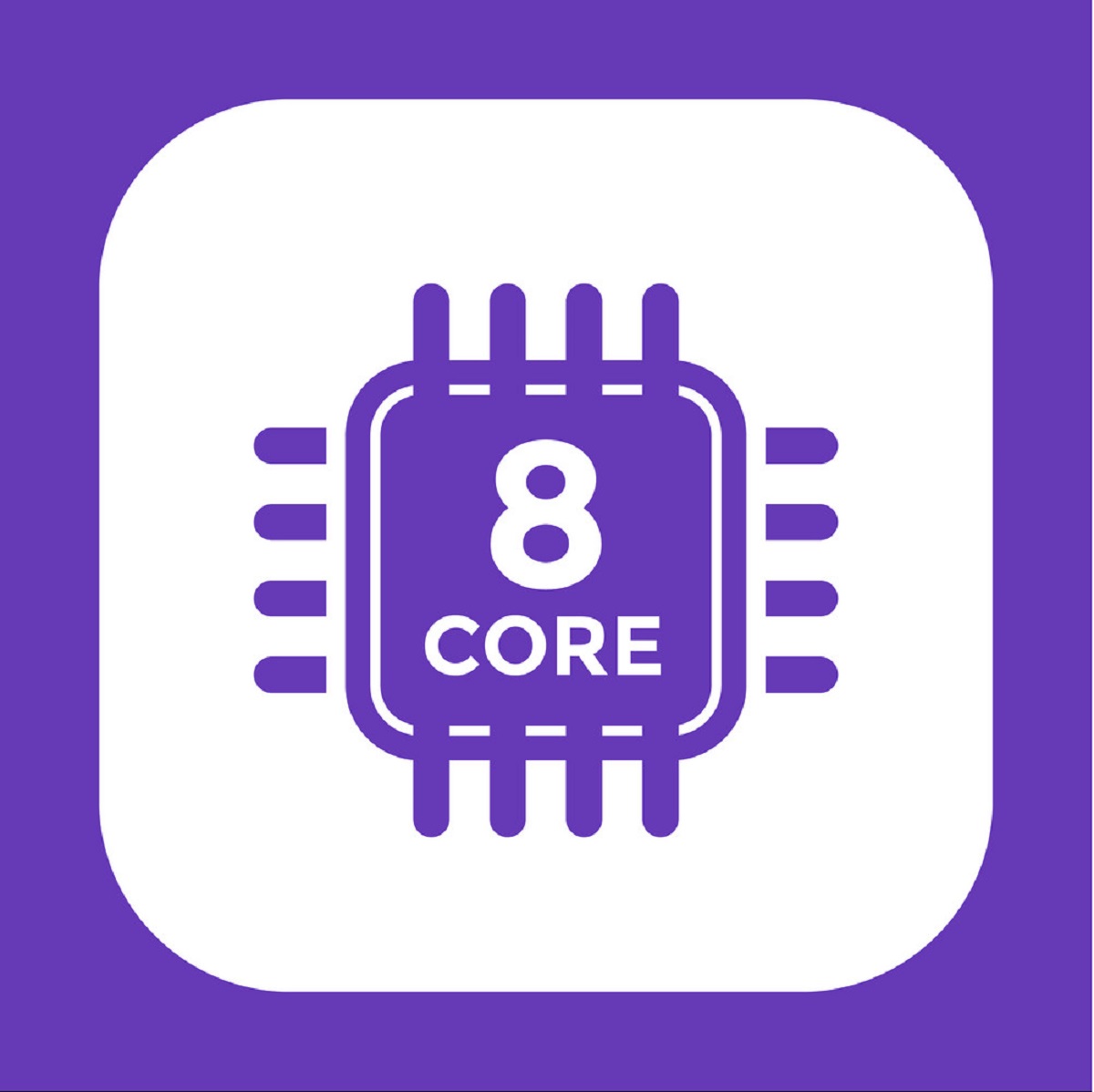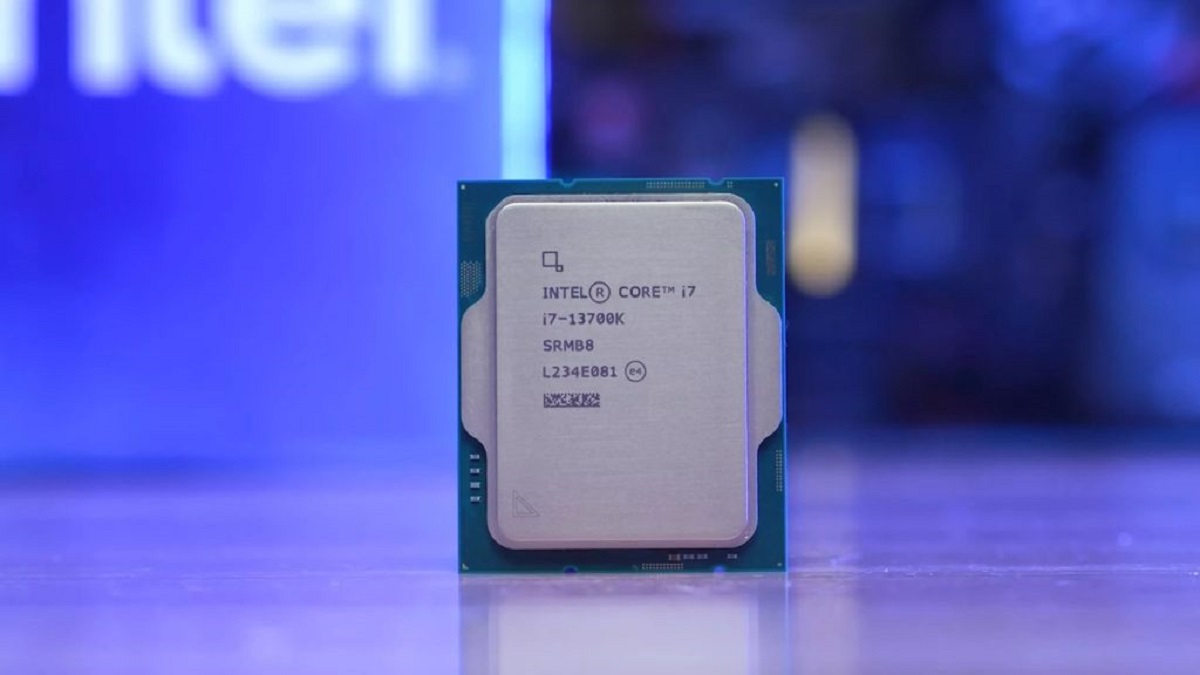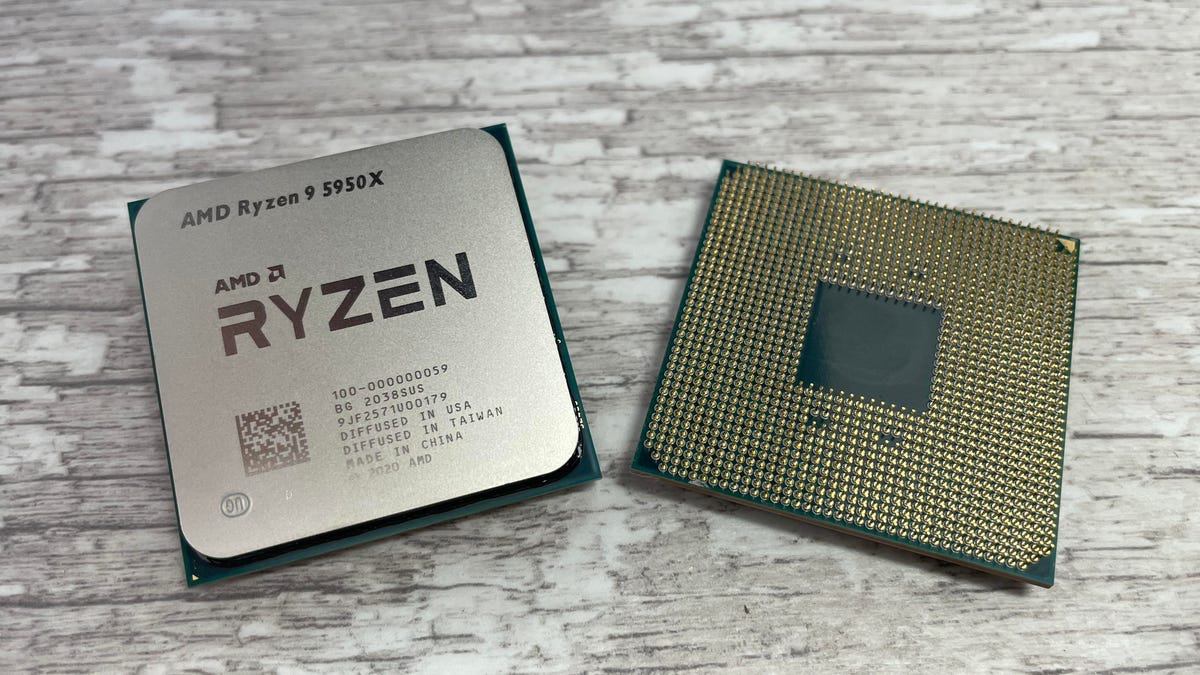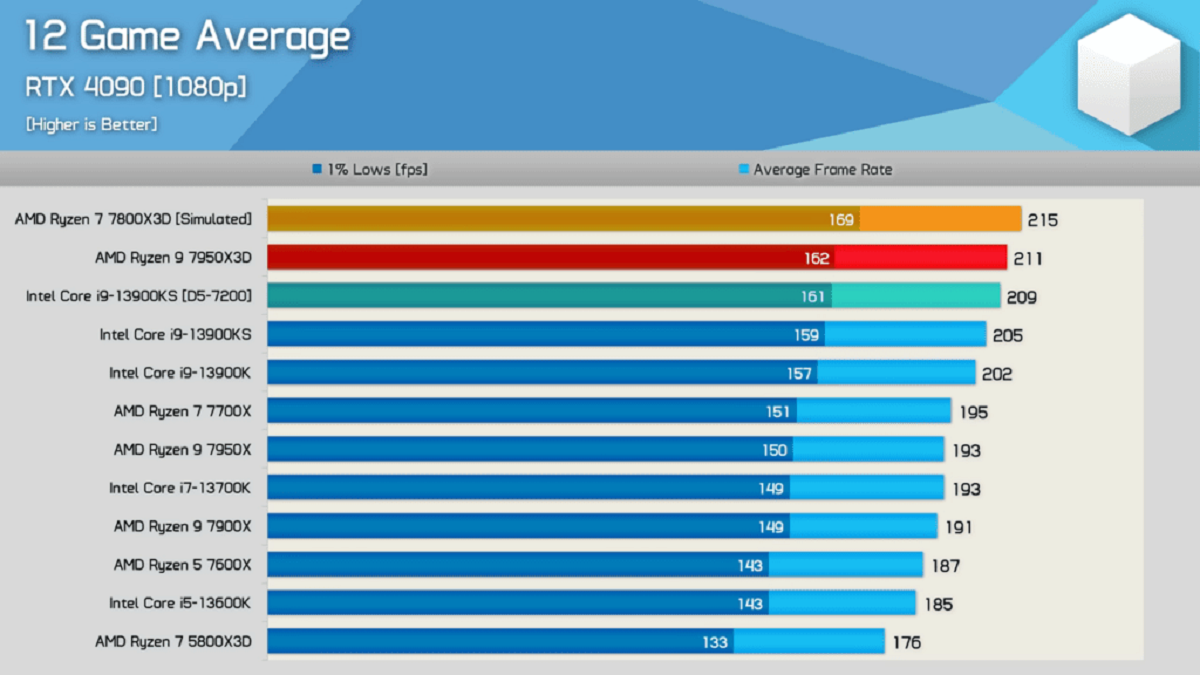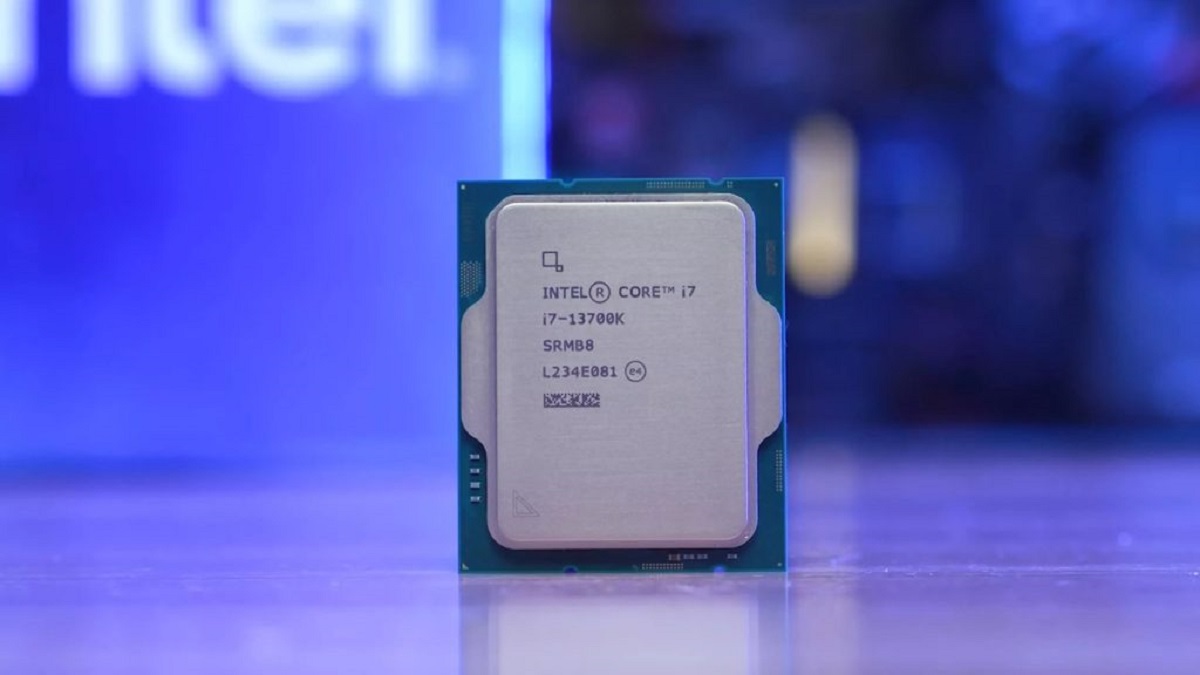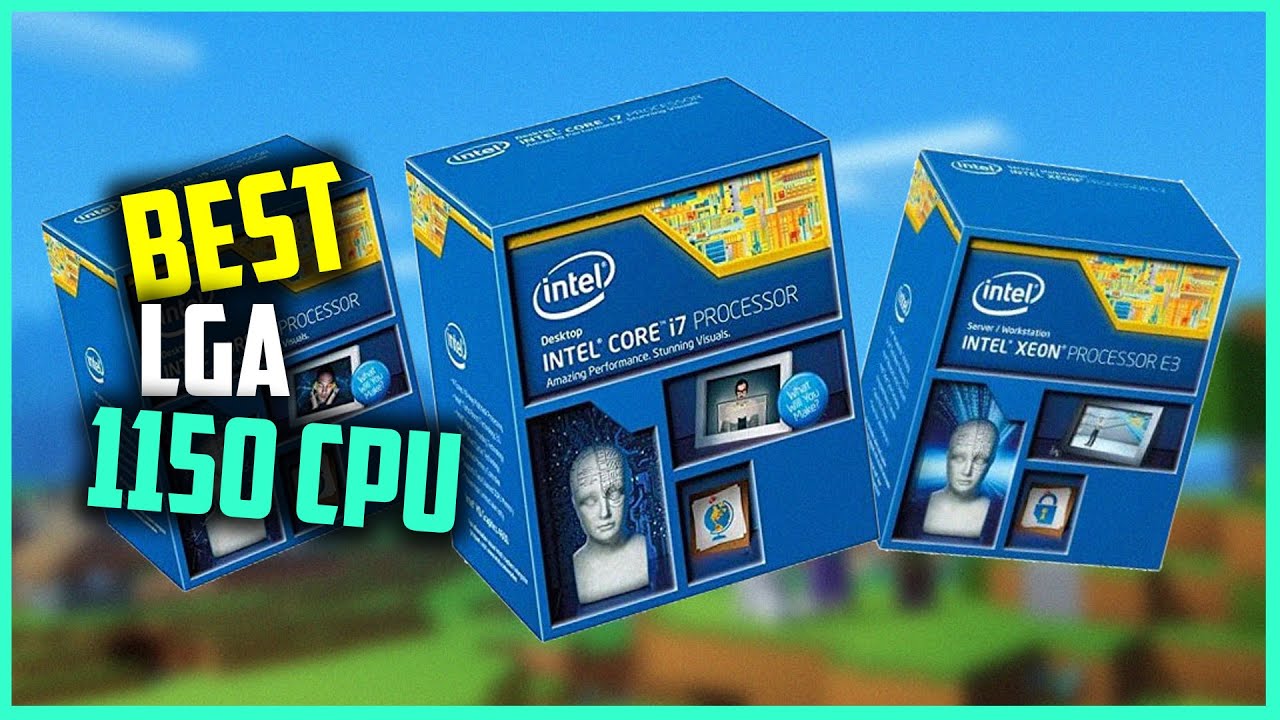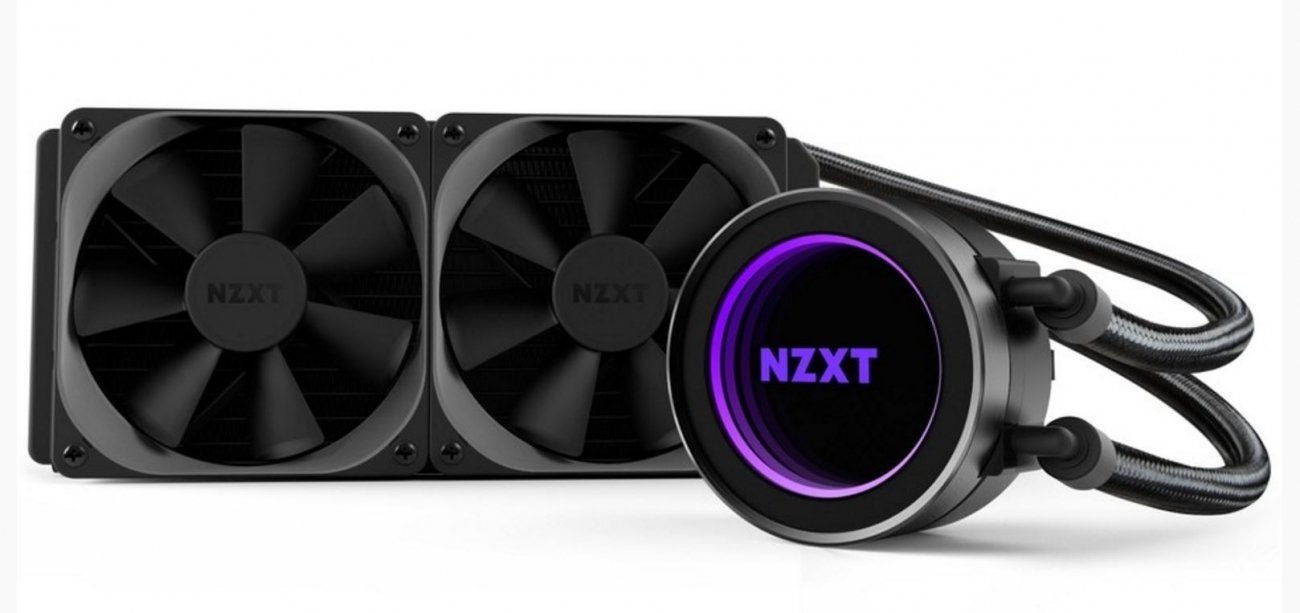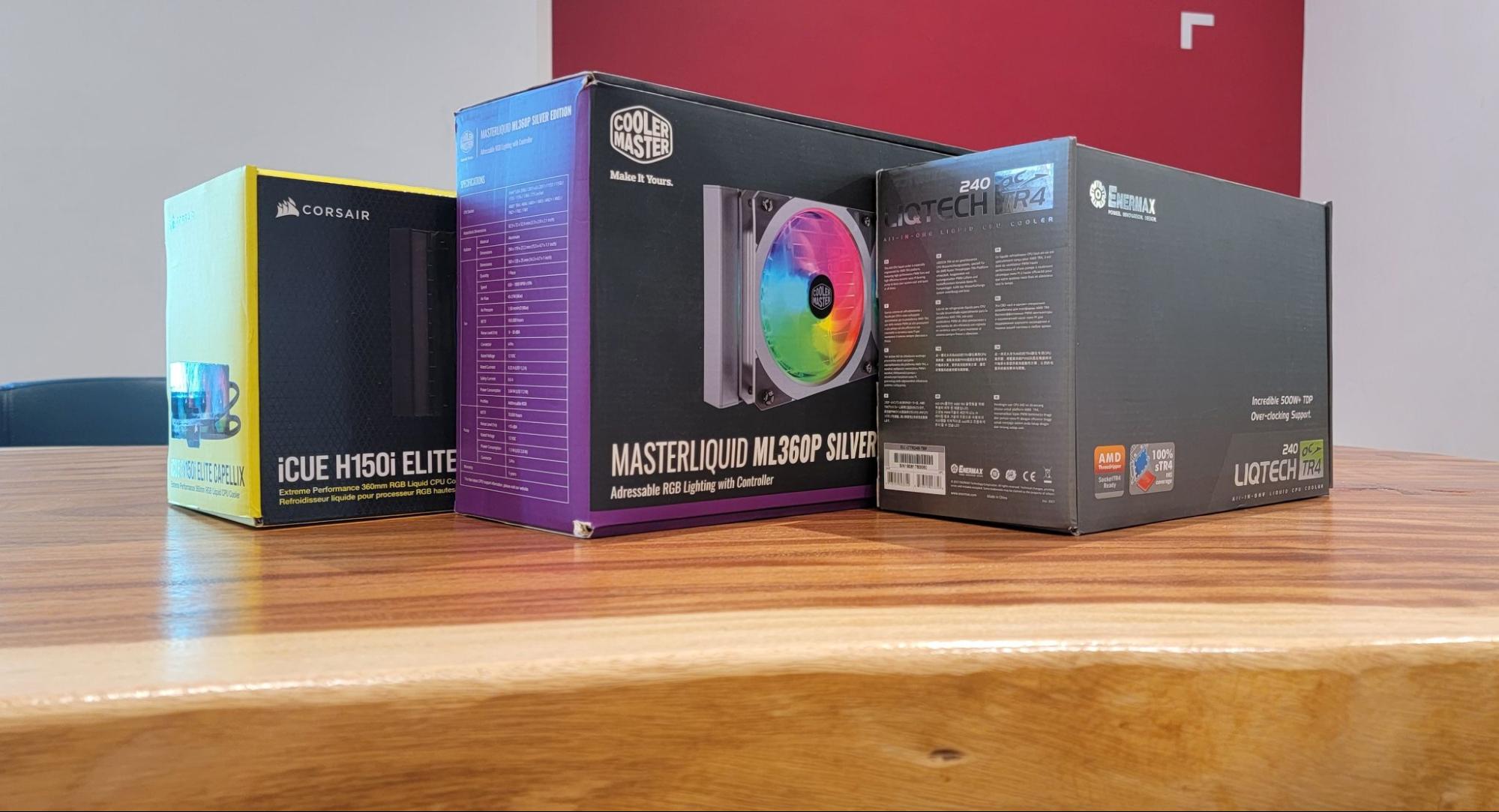Introduction
The Central Processing Unit, or CPU, is the brain of a computer. It is responsible for executing instructions and performing calculations that allow the computer to perform various tasks. Over the years, CPUs have evolved significantly, becoming more powerful and efficient. One crucial aspect of modern CPUs is the number of cores they possess.
But what exactly does “core” mean in the context of CPUs? And what does it mean when a CPU is described as having 8 cores? In this article, we will delve into the meaning and significance of an 8-core CPU.
An 8-core CPU refers to a processor that consists of eight individual processing units, known as cores, integrated into a single chip. Each core is capable of executing instructions independently, allowing for improved multitasking and increased efficiency. With more cores, the CPU can handle a higher number of simultaneous tasks, resulting in faster and smoother performance.
The concept of multiple cores in CPUs emerged as the demand for increased processing power grew. Instead of relying solely on increasing the clock speed of a single processor, manufacturers began incorporating multiple cores into a single chip. This development revolutionized the computing industry and led to significant improvements in overall system performance.
What is a CPU?
Before we dive into the details of an 8-core CPU, let’s first understand what a CPU is. The Central Processing Unit, commonly referred to as a CPU, is the primary component of a computer that performs calculations, executes instructions, and manages the flow of data within the system. It acts as the brain of the computer, coordinating and controlling all the essential functions.
The CPU is responsible for executing a wide range of tasks, from simple arithmetic calculations to complex operations necessary for running applications and software. It interacts with other hardware components, such as memory, storage, and input-output devices, to ensure smooth operation and efficient processing of data.
At its core, a CPU consists of two primary elements: the control unit, which manages the flow of instructions and data, and the arithmetic logic unit (ALU), which performs calculations and logical operations. These elements work in conjunction with each other to process instructions, retrieve data from memory, and store results.
The CPU operates by fetching instructions from the computer’s memory, decoding them, and then executing the necessary operations to carry out those instructions. It can handle a wide range of tasks, including basic operations like addition and subtraction, as well as complex tasks like rendering graphics and running complex algorithms.
Over the years, CPUs have seen incredible advancements in terms of speed, efficiency, and capabilities. Manufacturers have continually improved the designs, introducing features like multi-core architectures, cache memory, and advanced instruction sets to enhance performance and overall computing experience.
In summary, the CPU is the crucial component that drives the entire computing system. It handles the processing of instructions, calculations, and data management to ensure that the computer operates smoothly and efficiently. Now that we have a basic understanding of what a CPU is, let’s explore the significance of “cores” in the context of CPUs.
What does “core” mean?
In the context of CPUs, a “core” refers to an individual processing unit that is capable of executing instructions and performing calculations. It can be thought of as a mini-processor within the larger CPU. The number of cores in a CPU is indicative of how many of these processing units are integrated into a single chip.
Each core operates independently of the others, allowing for parallel processing of instructions. This means that multiple tasks can be executed simultaneously, improving overall performance and efficiency. With more cores, the CPU can handle a greater number of tasks in parallel, resulting in faster processing speeds and improved multitasking capabilities.
Cores also have their own cache memory, which stores frequently accessed data and instructions. This allows the core to access information quickly, reducing the time it takes to retrieve data from the computer’s memory. In addition, cores can communicate and share resources with each other, further enhancing their ability to work together efficiently.
It’s important to note that not all tasks can benefit from multiple cores. Some applications and software are not designed to take advantage of parallel processing and rely more heavily on single-threaded performance. In these cases, a CPU with higher clock speeds and fewer cores may be more suitable.
Manufacturers have continually increased the number of cores in CPUs as technology advances. Dual-core and quad-core CPUs were once the norm, but now CPUs with 6, 8, or even more cores are readily available. This proliferation of cores has allowed for significant improvements in processing power and performance across a wide range of applications, from gaming and multimedia editing to scientific simulations and data analysis.
In summary, a “core” in the context of CPUs refers to an individual processing unit that can execute instructions and perform calculations. Having multiple cores allows for parallel processing, resulting in improved performance and multitasking capabilities. The number of cores in a CPU has increased over time, leading to significant advancements in processing power for various applications.
What does an 8-core CPU mean?
An 8-core CPU refers to a processor that incorporates eight individual processing units, or cores, within a single chip. Each core is capable of executing instructions and performing calculations independently of the others. This means that an 8-core CPU has the ability to handle multiple tasks simultaneously, significantly improving overall performance and multitasking capabilities.
Having an 8-core CPU allows for parallel processing, where different cores can work on different tasks at the same time. This can lead to faster execution of complex software, quicker response times in demanding applications such as video editing or 3D rendering, and smoother multitasking experiences.
Additionally, an 8-core CPU is advantageous for tasks that are highly parallelizable, such as running virtual machines, scientific simulations, and computational modeling. These operations can make full use of the multiple cores, distributing the workload across them and completing tasks more efficiently.
When compared to CPUs with fewer cores, an 8-core CPU excels in scenarios that benefit from the ability to handle large workloads. It enables improved performance in resource-intensive applications, higher frame rates in gaming, faster code compilation, and reduced video rendering times.
However, it’s important to note that the benefits of an 8-core CPU may not be fully realized in all scenarios. Some applications and software are not optimized to make use of multiple cores and may rely more on single-threaded performance and clock speeds. In such cases, a CPU with fewer but faster cores may be a better choice.
Furthermore, an 8-core CPU typically consumes more power and generates more heat compared to CPUs with fewer cores. This can be a consideration for those seeking energy-efficient systems or for laptops where thermal management is crucial.
In summary, an 8-core CPU offers the advantages of parallel processing, enhanced multitasking, and improved performance in tasks that are highly parallelizable. It excels in scenarios that demand high computational power, such as video editing, 3D rendering, and scientific simulations. However, not all applications can fully utilize the benefits of multiple cores, and considerations should be made for power consumption and thermal management.
Advantages of an 8-core CPU
An 8-core CPU offers several advantages over CPUs with fewer cores. Here are some key benefits of having an 8-core CPU:
1. Improved Multitasking: With eight individual cores, an 8-core CPU can handle multiple tasks simultaneously. This means that you can run resource-intensive applications, such as video editing software or virtual machines, while still being able to browse the web, stream videos, or perform other tasks without significant performance degradation.
2. Parallel Processing: An 8-core CPU excels at parallel processing, where different cores work on separate tasks simultaneously. This results in faster task execution as compared to CPUs with fewer cores. It is particularly beneficial for tasks like 3D rendering, scientific simulations, and large-scale data processing, where multiple calculations need to be performed concurrently.
3. Increased Performance: Having more cores translates to increased performance in applications that can fully utilize the available cores. CPU-intensive tasks, such as video encoding or compiling code, can be completed more quickly, leading to time savings and enhanced productivity.
4. Enhanced Gaming Experience: Many modern games are designed to take advantage of multiple cores. With an 8-core CPU, you can experience smoother gameplay, improved frame rates, and more realistic graphics. This is particularly beneficial for demanding games that require significant processing power.
5. Future-proofing: As software and applications become increasingly multi-threaded and optimized for parallel processing, an 8-core CPU ensures that your system is ready to handle future advancements. It provides the flexibility to run the latest software without being limited by the number of available cores.
6. Multimedia Editing: If you work with multimedia applications like video editing or graphic design software, an 8-core CPU can greatly reduce rendering times. This allows you to edit and process high-resolution videos, apply complex filters and effects, and work with large files more efficiently.
7. Efficient Virtualization: An 8-core CPU is ideal for running virtual machines, as it can allocate dedicated cores to each virtual machine, ensuring smoother performance and improved resource management. This is especially useful for developers, IT professionals, and those who work extensively with virtualization technology.
It’s important to note that the benefits of an 8-core CPU may vary depending on the specific use case and the software being utilized. Some applications may not be optimized to fully utilize all the available cores, in which case a CPU with fewer but faster cores may be more suitable. Additionally, an 8-core CPU typically consumes more power and generates more heat, so appropriate cooling and power management should be considered.
Disadvantages of an 8-core CPU
While an 8-core CPU offers numerous advantages, there are also a few potential disadvantages to consider. Here are some of the downsides of using an 8-core CPU:
1. Higher Cost: CPUs with more cores tend to be more expensive compared to those with fewer cores. If you’re on a tight budget or don’t require the extra processing power, investing in an 8-core CPU may not be cost-effective.
2. Power Consumption: CPUs with more cores typically consume more power. This can impact electricity bills, especially in scenarios where the CPU is under heavy load for extended periods. Higher power consumption also means that more heat is generated, which may require better cooling solutions.
3. Thermal Management: With more cores and increased power consumption, an 8-core CPU can produce more heat. This can pose challenges in maintaining appropriate temperature levels, especially in compact systems or laptops that have limited cooling capabilities. Adequate cooling solutions need to be implemented to prevent thermal throttling and ensure system stability.
4. Single-threaded Performance: Not all applications and software are optimized to take full advantage of multiple cores. Some programs primarily rely on single-threaded performance, resulting in limited benefit from the additional cores. In such cases, CPUs with fewer but faster cores may deliver better overall performance.
5. Diminishing Returns: As the number of cores increases, the performance gains achieved by adding more cores diminish. While an 8-core CPU can offer significant benefits, the difference in performance between an 8-core CPU and a CPU with, for example, 16 cores may not be as substantial in all scenarios. It’s important to evaluate the specific needs of your workload to determine if the additional cores will provide a noticeable performance boost.
6. Software Optimization: While multi-core CPUs are becoming more prevalent, not all software is designed to fully harness their potential. Some applications may not be optimized to efficiently distribute tasks across multiple cores, resulting in underutilization of the CPU’s capabilities. In such cases, the performance gains may be limited.
7. Compatibility: Older software or hardware may not be fully compatible with newer multi-core CPUs. Incompatibilities can result in crashes, glitches, or reduced performance when running legacy applications or using older peripherals. Compatibility issues should be considered, especially if you rely on software or hardware that has not been updated to support multi-core processors.
It’s essential to consider these potential drawbacks when deciding if an 8-core CPU is the right choice for your needs. Evaluating your specific requirements, budget, power consumption considerations, and software compatibility will help determine if the benefits outweigh the disadvantages in your particular case.
Examples of 8-core CPUs in the market
There are several 8-core CPUs available in the market, catering to various price ranges and performance levels. Here are a few notable examples of 8-core CPUs that you can find:
1. AMD Ryzen 7 5800X: The AMD Ryzen 7 5800X is a powerful 8-core, 16-thread processor based on the Zen 3 architecture. With a base clock speed of 3.8GHz and a boost clock of up to 4.7GHz, it offers excellent single-threaded and multi-threaded performance. It is well-suited for gaming, content creation, and other demanding tasks.
2. Intel Core i7-9700K: The Intel Core i7-9700K is another 8-core CPU that belongs to Intel’s 9th generation Coffee Lake Refresh lineup. It features a base clock speed of 3.6GHz and can boost up to 4.9GHz. It is known for its strong single-threaded performance and is popular among gamers and content creators.
3. AMD Ryzen 7 3700X: The AMD Ryzen 7 3700X is an 8-core, 16-thread CPU based on the Zen 2 architecture. With a base clock speed of 3.6GHz and a boost clock of 4.4GHz, it offers great performance for both gaming and productivity tasks. It is often praised for its value for money and power efficiency.
4. Intel Core i9-9900K: The Intel Core i9-9900K is an 8-core, 16-thread CPU from Intel’s 9th generation Coffee Lake lineup. With a base clock speed of 3.6GHz and a boost clock of up to 5.0GHz, it is a high-performance processor suitable for demanding applications like gaming, video editing, and 3D rendering.
5. AMD Ryzen 7 2700X: The AMD Ryzen 7 2700X is an older 8-core CPU based on the Zen+ architecture. It features a base clock speed of 3.7GHz and a boost clock speed of up to 4.3GHz. While not as powerful as some of the newer CPUs, it still offers good performance for both gaming and multi-threaded workloads at a more affordable price.
These are just a few examples of the many 8-core CPUs available in the market. It’s important to consider factors such as price, performance, power consumption, and compatibility with your specific requirements before making a decision. Additionally, newer models and technologies are constantly being released, so it’s always a good idea to research and compare different options to find the best fit for your needs.
Conclusion
In conclusion, an 8-core CPU offers several advantages for computing tasks that can benefit from parallel processing and multitasking capabilities. With the ability to handle multiple tasks simultaneously, an 8-core CPU can provide improved performance, faster execution of complex software, and enhanced multitasking experiences.
Having more cores allows for efficient parallel processing, which is beneficial for tasks such as video editing, 3D rendering, scientific simulations, and data analysis. It also offers future-proofing for upcoming software developments designed to take advantage of the increasing number of CPU cores.
However, it’s essential to consider the potential disadvantages of an 8-core CPU, including higher cost, increased power consumption, and the need for appropriate thermal management. In some cases, single-threaded performance or compatibility issues may limit the benefits of multiple cores.
Examples of 8-core CPUs in the market include the AMD Ryzen 7 5800X, Intel Core i7-9700K, AMD Ryzen 7 3700X, Intel Core i9-9900K, and AMD Ryzen 7 2700X. Each of these processors offers varying levels of performance, features, and price points to cater to different user requirements.
When deciding whether to opt for an 8-core CPU, it’s crucial to assess your specific needs, budget, power consumption considerations, and software compatibility. Understanding the advantages and disadvantages of an 8-core CPU will enable you to make an informed decision about whether it is the right choice for your computing needs.







